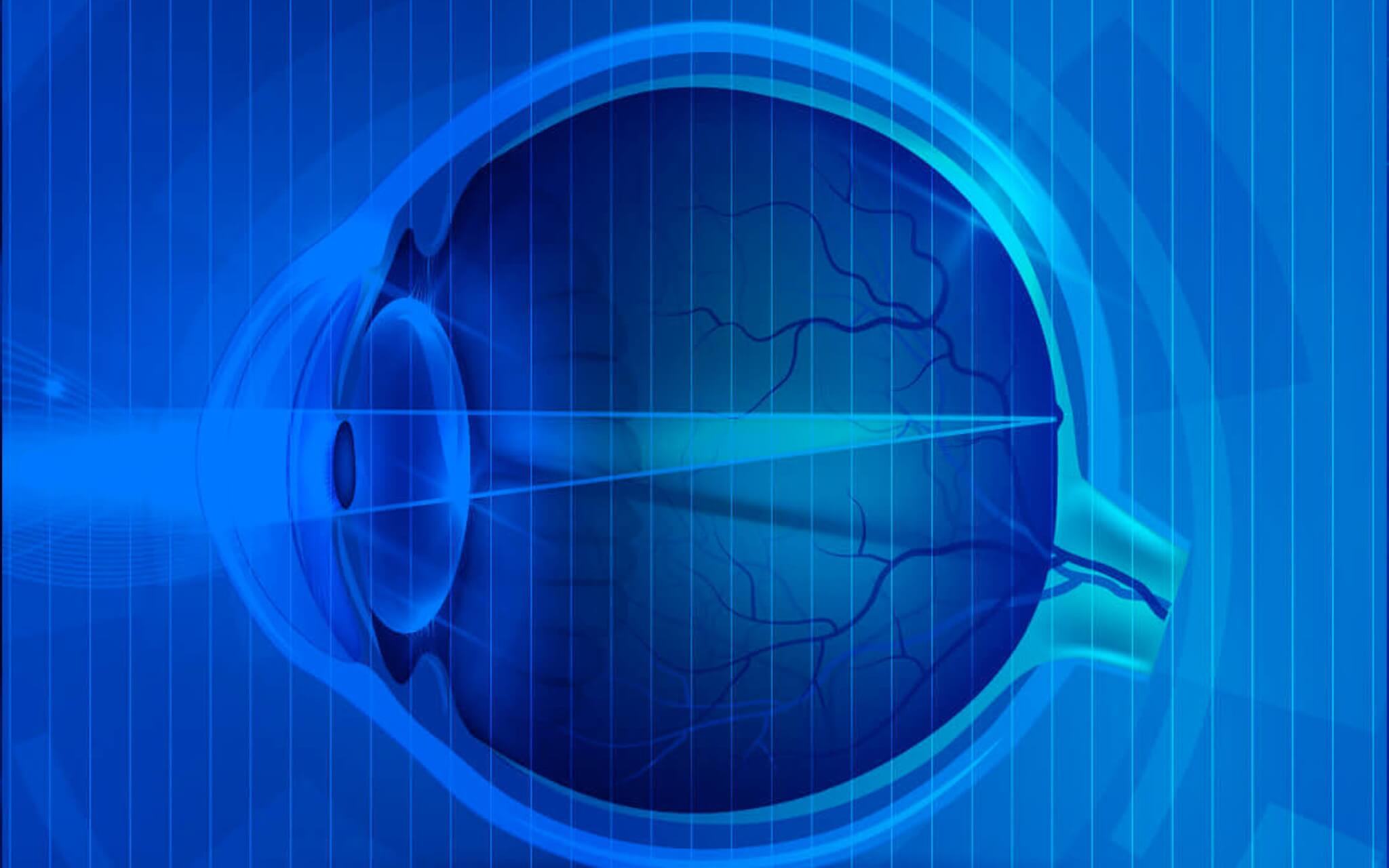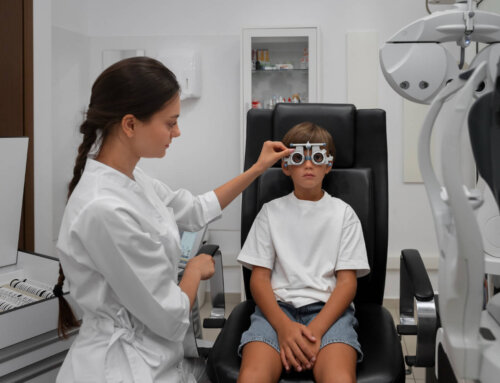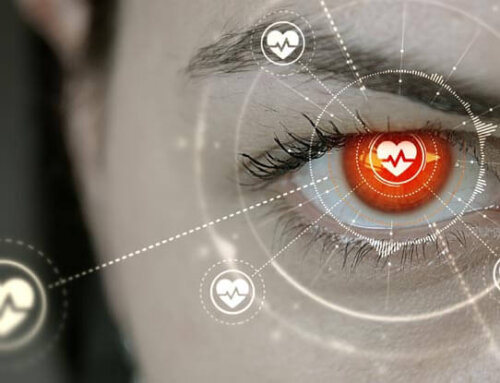Summary
Diabetic retinopathy, a major global health challenge linked to the rise of diabetes, significantly impairs vision and potentially leads to blindness due to retinal damage from high blood sugar levels.
Single Sentence Summary: Discover how artificial intelligence is revolutionising glaucoma screening and improving eye health checkups worldwide.
Glaucoma is a leading cause of blindness worldwide, affecting over 60 million people and is predicted to increase by over 50% over the next 20 years. Early detection and treatment are crucial in preventing vision loss. In eye health, advancements in artificial intelligence (AI) are heralding a new era of precision and accessibility in glaucoma screening. By harnessing the power of AI, healthcare providers like Optain Health can now detect subtle signs of this silent thief of sight with unprecedented accuracy and efficiency.
Introduction to Glaucoma and Its Global Impact
Glaucoma is a group of eye conditions that damage the optic nerve, often caused by abnormally high pressure in the eye. It is a significant cause of blindness globally, affecting over 60 million people. Early detection through regular screenings is vital to manage and treat glaucoma effectively. However, traditional screening methods can be time-consuming and may miss early signs of the disease.
The Role of Artificial Intelligence in Glaucoma Detection
AI technologies, particularly machine learning models, are transforming glaucoma detection. These models, while powerful, are only as effective as the data they are trained on. This is where the role of healthcare professionals becomes crucial. By providing accurate and comprehensive eye scan data, healthcare professionals are instrumental in training these AI algorithms to identify patterns and signs of glaucoma that may be missed by human eyes.
AI technologies, particularly machine learning models, are transforming glaucoma detection. These models analyse eye scan data to predict risk levels and enhance understanding of optical health. AI algorithms can process vast amounts of data quickly, identifying patterns and signs of glaucoma that may be missed by human eyes.
Comparing Traditional vs. AI-Assisted Glaucoma Screening Methods
Traditional glaucoma screening methods, such as visual field tests and optical coherence tomography (OCT), require specialised equipment and trained professionals. In contrast, AI-assisted techniques offered by Optain Health’s Eyetelligence Assure Suite have several advantages:
- Speed: AI can analyse eye scans in seconds, providing immediate results.
- Accuracy: AI models have shown high accuracy in detecting early signs of glaucoma, reducing false negatives and positives.
- Cost-Effectiveness: AI technology can lower the cost of screenings by automating the process and reducing the need for extensive human resources.
Case Studies: Success Stories in AI and Eye Health
AI technologies have proven their efficacy in transforming glaucoma detection, particularly in enhancing early detection. As evidenced by substantial research and real-world applications, Optain Health’s AI tools and others like it have been instrumental in this. In a study highlighted in the Journal of Ophthalmology (PMC7571273), AI algorithms were used to rapidly and accurately analyse complex eye scan data. The results were remarkable: AI not only improved the detection rates of early-stage glaucomatous changes but also significantly reduced the time required for diagnosis by around 50%. This efficiency led to timely interventions and improved patient outcomes, demonstrating AI’s potential to revolutionise traditional screening methods.
Optain Health’s Eyetelligence Assure Suite AI tools have reported impressive outcomes, demonstrating accuracy rates exceeding 95% in identifying early signs of glaucoma. These advancements highlight AI’s pivotal role in enhancing clinical outcomes and operational efficiencies within ophthalmology practices. Patient testimonials further illustrate the tangible benefits of AI in glaucoma care. Patients reported quicker access to diagnostic results and earlier interventions, leading to better eye health management and preserving their vision over time.
These success stories demonstrate AI’s current successes in glaucoma screening and paint a promising picture of its future potential. AI offers a unique blend of accuracy, efficiency, and scalability that traditional methods struggle to match. For more detailed insights into these studies and their methodologies, you can refer directly to Optain Health’s publications, access the full article on glaucoma detection or read more on AI and optical health.
Future Trends in AI for Ophthalmology
The future of AI in ophthalmology is promising, with ongoing research focused on integrating AI with portable and telemedicine platforms. These advancements aim to make glaucoma screening more accessible, especially in remote and underserved areas. Emerging technologies may also enhance AI’s diagnostic capabilities, enabling it to detect a broader range of eye diseases with even greater precision.
Some trends that we’re seeing coming with AI and ophthalmology include:
- Integration with Telemedicine Platforms: AI technologies are increasingly being integrated with telemedicine platforms to enhance remote screening, diagnosis and monitoring of eye conditions. This trend aims to improve accessibility to specialised eye care, especially in underserved areas. Read more about the integration of AI into telehealth platforms.
- Advancements in Wearable Devices: Researchers are developing AI algorithms that can be integrated into wearable devices, such as smart glasses or contact lenses. These devices can continuously monitor eye health metrics and provide patients and healthcare providers with real-time feedback. Read more about the advancement of wearables and AI.
Follow Optain Health to stay updated on the latest advancements in AI for eye care. Learn how these innovations are making glaucoma screenings more accessible worldwide.
FAQs
How does AI improve the accuracy of glaucoma screening?
AI improves accuracy by analysing large datasets to identify subtle signs of glaucoma that may be missed by traditional methods.
What are the benefits of using AI in eye health checkups?
Benefits include faster results, higher diagnostic accuracy, and cost savings due to reduced need for specialised equipment and personnel.
Can AI replace doctors in diagnosing glaucoma?
While AI aids in early detection and screening, it complements rather than replaces doctors. Human expertise is essential for confirming diagnoses and determining treatment plans.
How accessible are AI technologies for glaucoma screening worldwide?
AI technologies are increasingly accessible, and ongoing efforts are being made to integrate them into telemedicine platforms and portable devices, making screenings available in remote areas.
What future advancements are expected in AI for eye care?
Future advancements include improved early detection, integration with wearable devices, and expanded capabilities to detect various eye diseases.
For more information, visit Optain Health, learn about our Eyetelligence Assure Suite, and learn about us. If you have any questions, feel free to Contact us.





